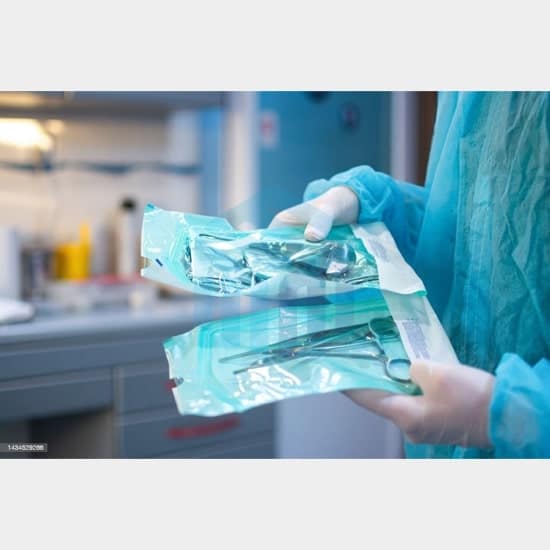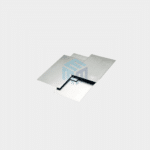Sterilization reels and pouches are commonly used in hospitals to pack and maintain the sterility of medical instruments and supplies. Here is a general guide on how to use sterilization reels and pouches effectively:
- Select the appropriate size: Choose a sterilization reel or pouch that is suitable for the size of the items you wish to sterilize. Ensure that the chosen size can accommodate the items comfortably without overcrowding.
- Inspect for damage: Before use, visually inspect the sterilization reels or pouches for any signs of damage or defects. Ensure that there are no tears, holes, or compromised seals that could compromise the sterility of the contents.
- Loading: Place the items to be sterilized inside the sterilization reel or pouch. Arrange them in a way that allows for proper steam penetration and ensures that the items do not touch each other. Avoid overloading the sterilization reel or pouch, as it can hinder effective sterilization. Ensure paper side is down touching the rack.
- Closure: Seal the sterilization reel or pouch securely to maintain sterility. Sterilization reels and pouches have self-sealing mechanisms or adhesive strips that can be used to close them; some have to be sealed with Rotary sealers. Follow the manufacturer’s instructions for the proper sealing method.
- Labelling: Use a sterilization indicator label or tape to mark the sterilization reels or pouches. All our reels and Pouches have indicator inks on the reel or pouch, which is clearly legible. These indicators change colour when exposed to the sterilization process, providing visual confirmation that the contents have been sterilized.
- Sterilization process: Place the sealed sterilization reels or pouches in the autoclave or sterilization equipment according to the manufacturer’s instructions, with the paper side down touching the rack. Follow the autoclaving procedure mentioned earlier to initiate the sterilization cycle. Ensure that the sterilization parameters, such as temperature and pressure, are appropriate for the type of items being sterilized.
- Cooling and storage: Once the sterilization cycle is complete, allow the sterilization reels or pouches to cool down inside the autoclave or sterilization equipment. After cooling, carefully remove the sterilization reels or pouches and store them in a clean and dry area until needed. Ensure that the storage area is designated for sterile items and free from potential contaminants.
- Monitoring and record-keeping: Regularly monitor the sterilization process through biological indicators (e.g., spore tests) to verify the effectiveness of sterilization. Maintain accurate records of sterilization cycles, including dates, times, sterilizer numbers, and other relevant details, as per the hospital’s protocols.
It’s crucial to follow the manufacturer’s instructions specific to the sterilization reels and pouches you are using, as different products may have slight variations in usage. Additionally, adhere to the hospital’s standard operating procedures for sterilization and infection control to ensure the highest level of patient safety.
Based on the above information, we, at M-Kube, can help you provide with the right solution for all your sterilization needs. We are a USA company catering to products and solutions in the USA, Australia, New Zealand, Singapore, Malaysia, South Korea and Vietnam. Our team of experts across different platforms can discuss and customize your requirements as per your needs.
Please reach out to us on info@mkubeenterprise.com or call us on +61 478901616 to discuss your requirements.






